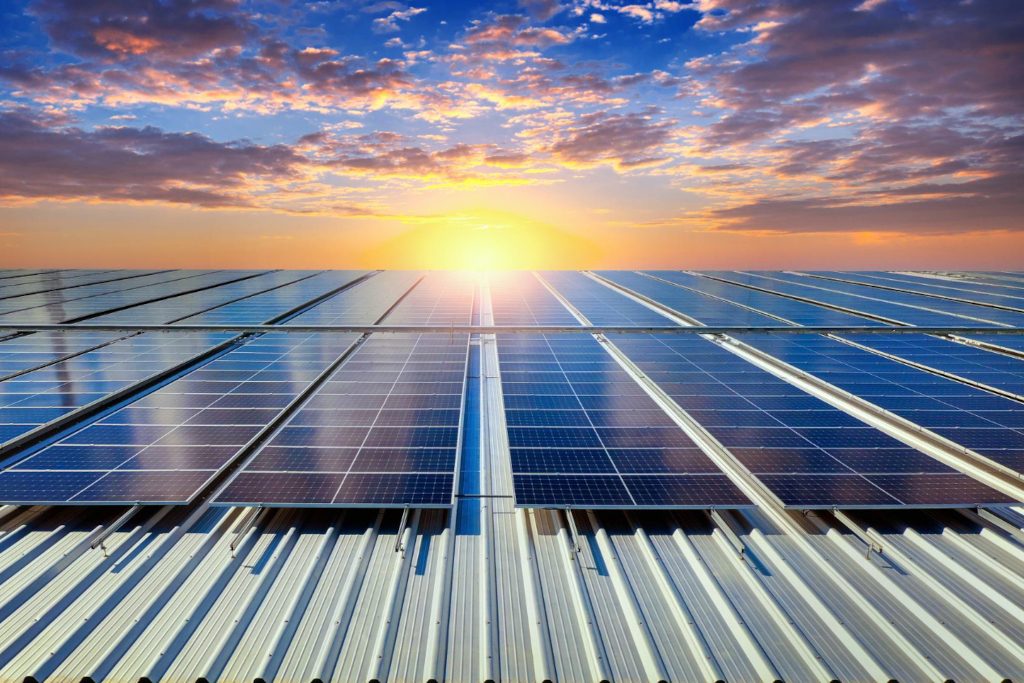Let’s be honest—a lot of climate talk starts to sound like background noise. Melting glaciers, rising oceans, carbon footprints… It’s overwhelming, and sometimes, we shut down because we don’t know where to start.
But what if one of the most powerful weapons against global warming isn’t some futuristic tech… but already sitting on millions of rooftops?
The turning point: rethinking the power of the sun
I used to think solar panels were just a trendy way for suburban homes to shave money off their electric bill. But then I dug into the data—and what I found shocked me.
A single solar panel can offset more than 100 tons of carbon dioxide over its lifetime. That’s the equivalent of planting over 2,500 trees. And producing just 100 kWh of electricity using solar instead of coal prevents over 1,400 pounds of CO₂ from entering the atmosphere. That’s from one month’s worth of energy for an average U.S. home.
What does that mean at scale? Let me show you.
Not just effective—massively scalable
Solar energy isn’t just eco-friendly. It’s one of the fastest, cheapest ways we have to cut emissions right now. And it’s already proving its worth.
- In 2025, Harvard University reported that a 15% increase in solar generation across the country would cut CO₂ emissions by 8.54 million metric tons annually. That’s about 12% of what we need each year to stay on track toward climate goals.
- Globally, solar photovoltaic (PV) systems release just 30–80 grams of CO₂ per kilowatt-hour—even after accounting for manufacturing, installation, and disposal. Compare that with 820–1,040 grams for coal, and 490–655 grams for natural gas.
The numbers don’t lie. Solar doesn’t just reduce emissions—it slashes them.
It gets even better: beyond carbon emissions
Here’s where solar starts punching above its weight.
When solar plants replace fossil fuel plants, they don’t just cut greenhouse gases. They also bring these powerful side effects:
- Cleaner air: Less coal and gas means fewer pollutants like sulfur dioxide and nitrogen oxides, which are linked to asthma and heart disease.
- Grid independence: Solar—especially paired with batteries—reduces our dependence on centralized fossil-powered grids, boosting energy resilience.
- Land use benefits: In some regions, putting solar panels on barren lands or rooftops has had more impact on carbon offset than planting forests—a surprising twist backed by recent studies.
But wait… Isn’t solar only part of the solution?
You’re absolutely right—solar isn’t a silver bullet. But it’s a cornerstone.
When combined with wind power, energy storage, modern grids, and better efficiency, solar forms the backbone of a carbon-free energy future. Its costs have dropped by over 80% in the last decade, making it one of the most accessible clean energy solutions today.
This isn’t just possible—it’s happening
In 2021, California generated over 15% of its electricity from solar power alone. Imagine if every state—and every country—scaled up like that. According to MIT studies, aggressive solar adoption globally can keep warming under 1.5°C.
The technology is here. The benefits are proven. The only question is: Are we ready to power the future with light?
The bottom line
If you’ve ever felt powerless about climate change, consider this: switching to solar—whether at home or through your community—can have a ripple effect that lasts decades. Each panel, each watt, each ray of sun harnessed brings us one step closer to a cleaner, more stable planet.
And maybe, just maybe, that future starts with the roof over your head.




Leave a Comment